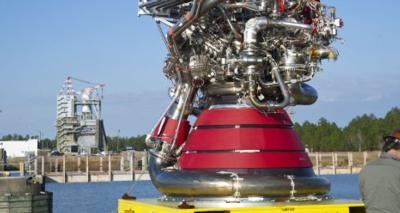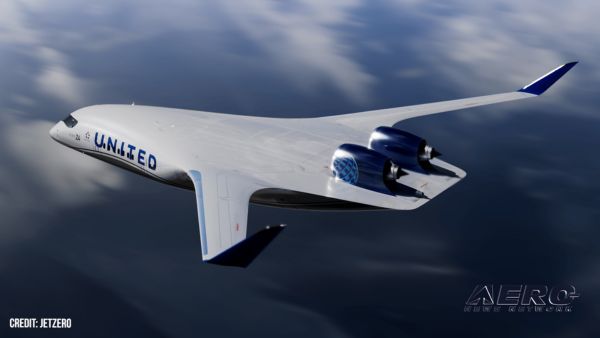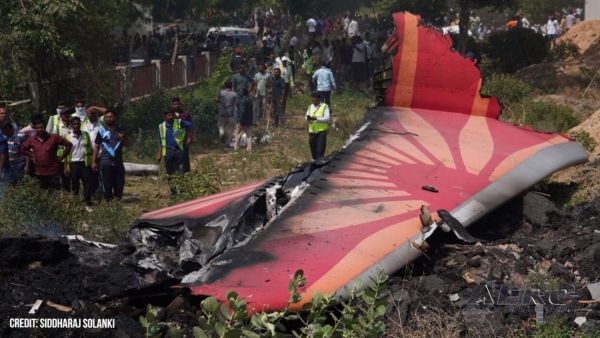Fri, Feb 15, 2013
Engine To Provide Thrust For The Heavy-Lift SLS
NASA's progress toward a return to deep space missions continues with a new round of upcoming tests on the next-generation J-2X rocket engine, which will help power the agency's Space Launch System (SLS). Beginning this month, engineers will conduct a series of tests on the second J-2X development engine, designated number 10002, on the A-2 Test Stand at NASA's Stennis Space Center in Mississippi. Once the series is completed, the engine will be transferred to the A-1 Test Stand to undergo a series of gimbal, or pivot, tests for the first time.

"The upcoming test series is not only a critical step forward, but important to the Stennis test team, as well," said Gary Benton, manager of the J-2X test project at Stennis. "This test series will help us increase our knowledge of the J-2X and its performance capabilities. In addition, the series will help us maintain the high skill level of our team as we look ahead to continued J-2X testing and testing of the RS-25 engines that will be used to power the SLS first-stage."
The first objective of the testing is to verify and demonstrate the engine's capability. Data from what is known as hot-fire engine tests will be compared to the performance of the first engine. Engineers also will vary liquid hydrogen and liquid oxygen inlet pressures and subject the engine nozzle to higher temperatures than in previous tests to see what effect they have on performance.
NASA already has conducted successful tests on engine number 10001 and on the J-2X powerpack assembly. In total, 34 tests were conducted on the J-2X engine and powerpack, with the J-2X achieving a full flight-duration firing of 500 seconds in the eighth test, earlier than any rocket engine in U.S. history. The engine is being designed and built by NASA and Pratt & Whitney Rocketdyne to power the upper stage of the 143-ton version of the SLS rocket.
The SLS will launch NASA's Orion spacecraft and other payloads from the agency's Kennedy Space Center in Florida.
(Image provided by NASA)
More News
Inner-approach OFZ The inner-approach OFZ is a defined volume of airspace centered on the approach area. The inner-approach OFZ applies only to runways with an approach lighting sy>[...]
Aero Linx: Brodhead Pietenpol Association The Brodhead Pietenpol Association is a newly reorganized (in 2017) non-profit educational corporation that grew and developed from an ear>[...]
The Helicopter Impacted On The Infield Of A Baseball Field And Came To Rest On Its Right Side On April 6, 2025, about 1020 eastern daylight time, a Hiller UH-12E, N48263, was subst>[...]
How To Get A Story On Aero-TV News/Feature Programming How do I submit a story idea or lead to Aero-TV? If you would like to submit a story idea or lead, please contact Jim Campbel>[...]
Aero Linx: International Auster Club Welcome to THE INTERNATIONAL AUSTER CLUB. The oldest specific aircraft type club in the United Kingdom and possibly in the world. There are cur>[...]
 ANN's Daily Aero-Term (06.14.25): Inner-approach OFZ
ANN's Daily Aero-Term (06.14.25): Inner-approach OFZ ANN's Daily Aero-Linx (06.14.25)
ANN's Daily Aero-Linx (06.14.25) NTSB Prelim: Hiller UH12E
NTSB Prelim: Hiller UH12E ANN FAQ: Contributing To Aero-TV
ANN FAQ: Contributing To Aero-TV ANN's Daily Aero-Linx (06.15.25)
ANN's Daily Aero-Linx (06.15.25)



